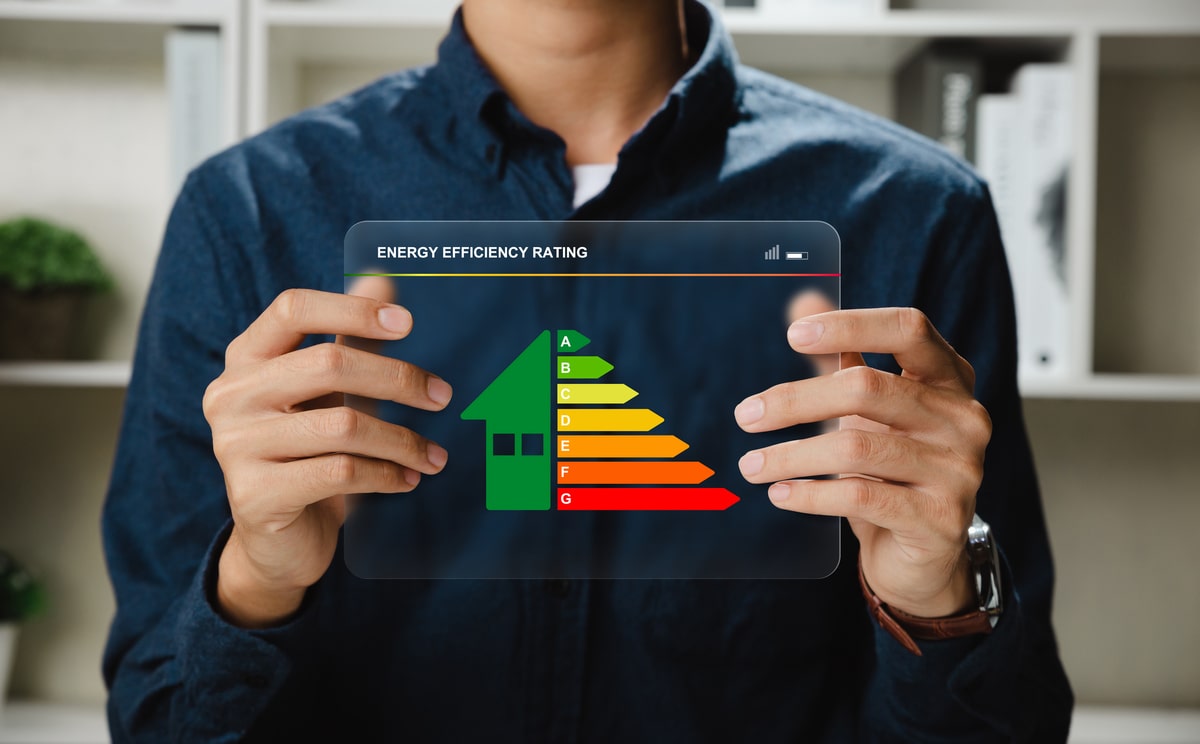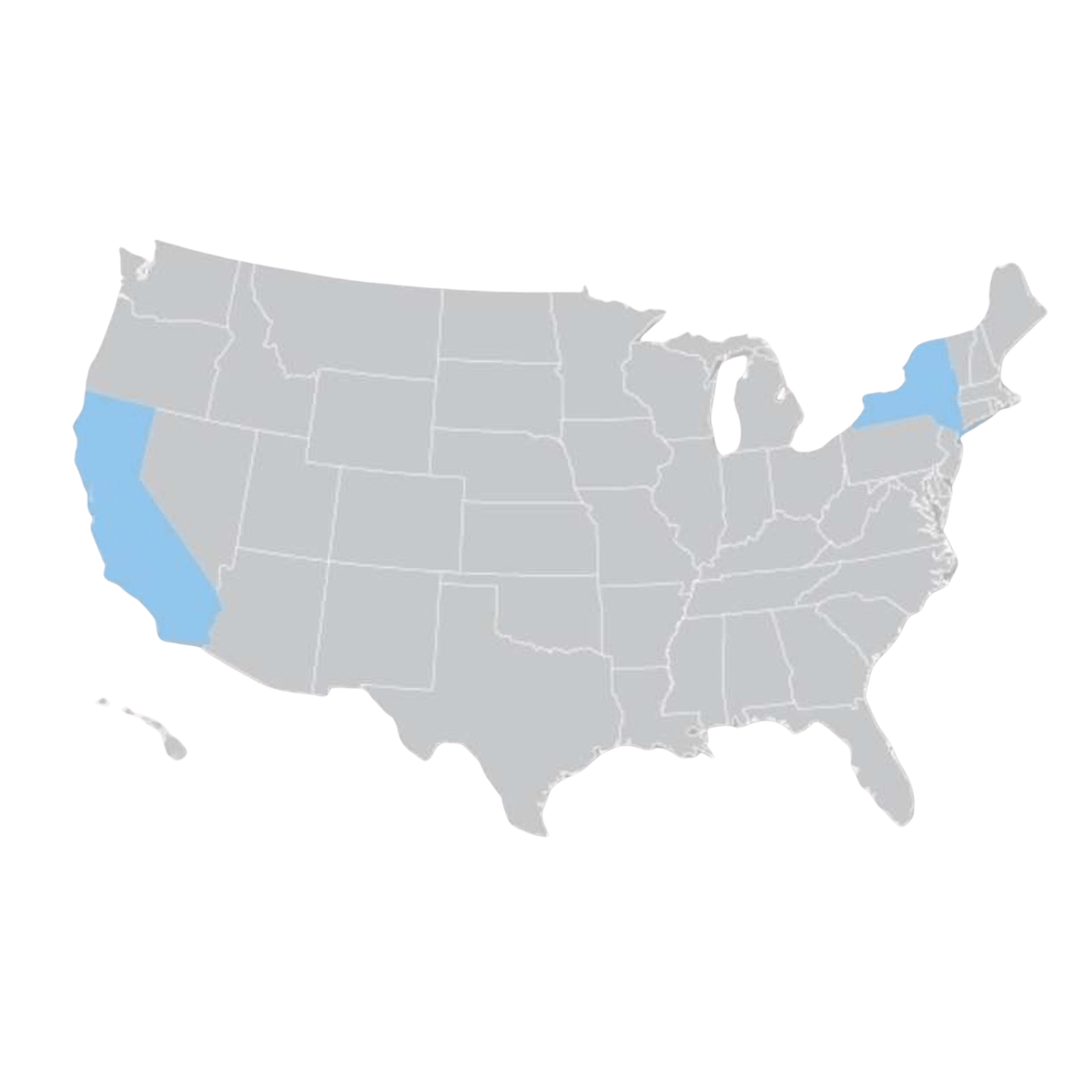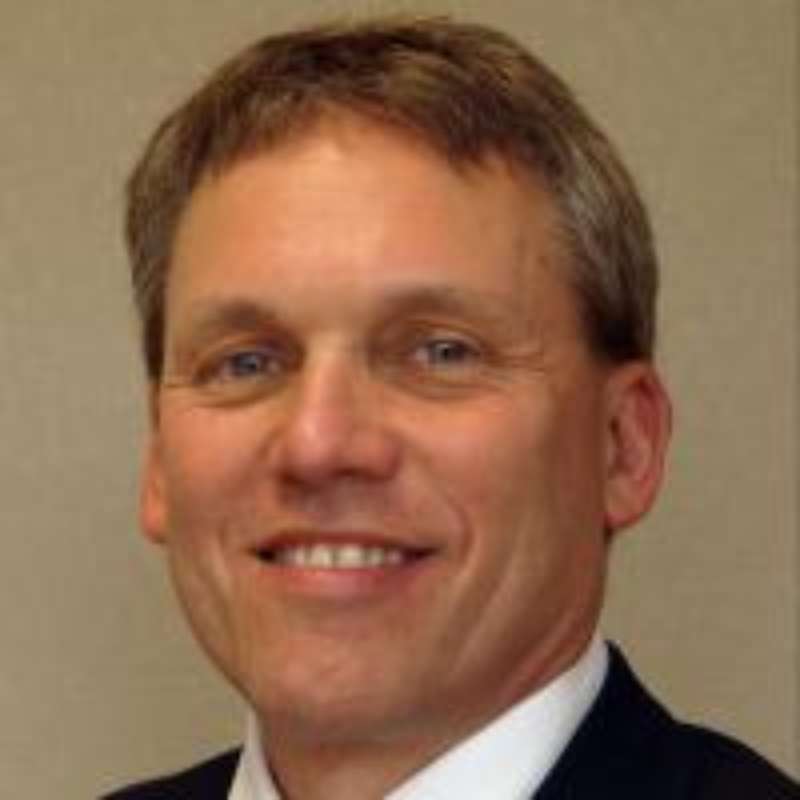Amid all the changes in the energy industry in 2017, one of the most interesting and complex is playing out in California and New York as those states begin to re-think how best to value and purchase energy efficiency.
As TRC’s Carmen Henrikson and Bob Callender explain in this TRC article, the era of paying for energy efficiency with rebates and subsidies — $10 coupons for buying energy-efficient lightbulbs or $200 rebates for upgrading to a high-efficiency water heater— is ending. The easy wins have been won, the returns on investment are dropping, and technology (such as programmable, Internet-connected thermostats) is moving much faster than government policies can adapt.
California and New York are at the forefront of rethinking how energy efficiency will get paid for, how utilities and their customers will share in the benefits, and how technology will inform and support the whole process. Utilities, technology vendors, service providers, and their financial investors all face threats and opportunities as this transition unfolds.
Related Services
Please Download the Article for More Information About
- Efficiency Savings Measurement Via Customer Data
- Emerging efficiency procurement models
- Rate-basing energy efficiency
- Large-scale efficiency funding and financing
And in Coming Weeks and Months, Please Return to This Space as We Follow up With Practical Advice on How Utilities, Policymakers, and Other Stakeholders Can:
- Optimize the impact of efficiency programs among hard-to-reach populations who haven’t been signing up to date;
- Drive deeper, cost-effective savings through “whole-building” approaches to energy efficiency;
- Shape and implement high-performance building initiatives and reach codes; and
- Benefit from distributed energy resources, including microgrids, utility-scale renewables, and home- or building-scaled distributed generation.





